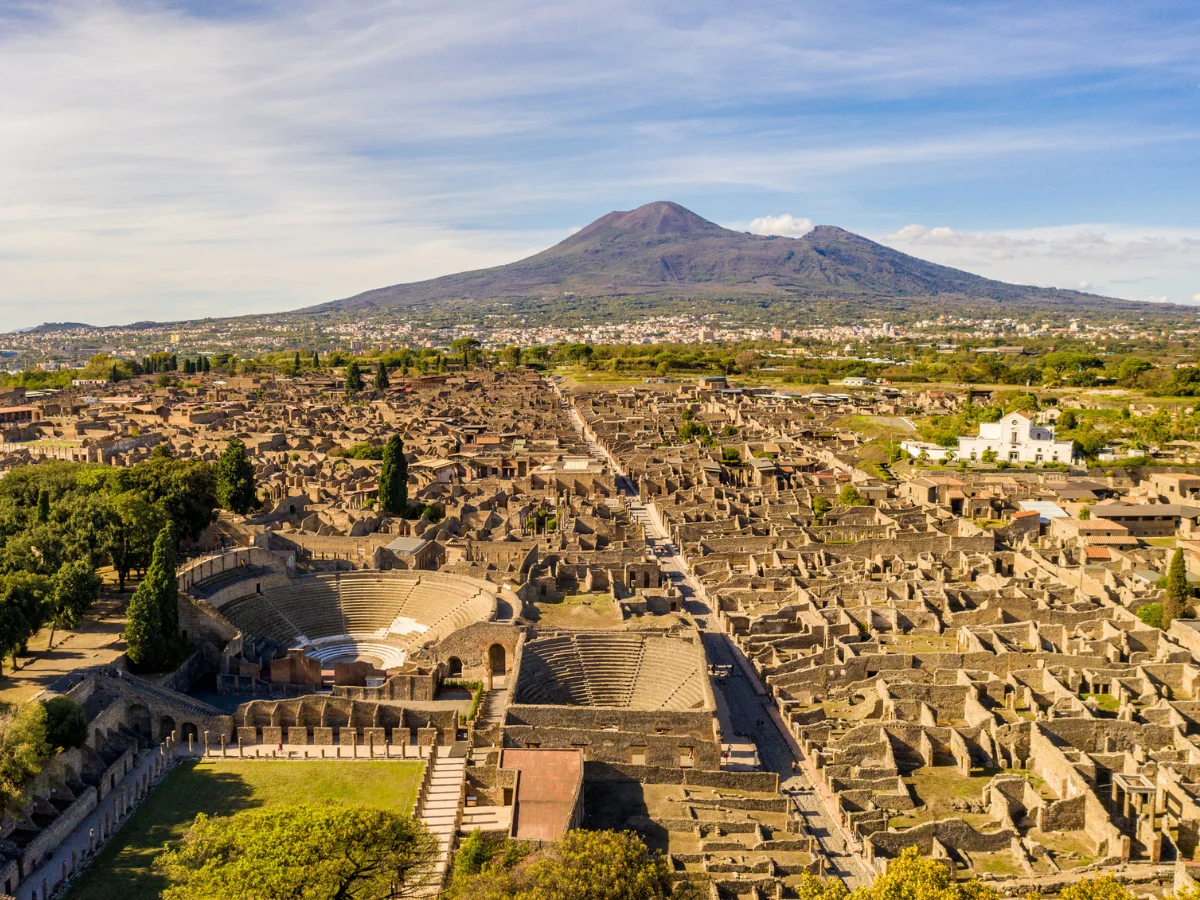Roman shields were vital defensive tools of the legions
Roman shields were vital defensive tools of the legions. The scutum, with its sturdy construction, provided versatile defense against projectiles and close combat. It enabled formations like the Testudo, offering tactical advantages in battle. Despite its size, the scutum was lightweight, ensuring mobility on the battlefield. Carrying the scutum symbolized unity among soldiers. Depicted in art, it immortalized its significance. The scutum’s influence persisted, shaping shield design for centuries. Roman shields remain iconic symbols of military strength and solidarity.

The Roman shields were vital defensive tools of the legions
Shields, the cornerstone of Roman legionary equipment, played a pivotal role in safeguarding soldiers and shaping the fate of battles during the reign of the Roman Empire.
Protection in Formation
Roman shields, notably the scutum, were ingeniously designed to interlock with neighboring shields, creating an impenetrable barrier known as the testudo formation. This formation shielded soldiers from projectiles and enemy assaults, enabling them to advance steadily toward their adversaries.
Versatility in Combat
Roman shields were not merely defensive implements but versatile tools in combat. They could be used to bash opponents, creating openings for attacks with gladii or spears. This adaptability made Roman legionaries formidable foes in close-quarter engagements.
Symbol of Legionary Identity
A legionnaire’s shield wasn’t just a piece of equipment; it was a symbol of identity and allegiance. Decorated with insignias, symbols, and emblems representing their legion and Rome, shields fostered a sense of pride and unity among soldiers.
Construction and Materials
Crafted from layers of wood, covered with canvas or leather, and reinforced with metal rims, Roman shields were sturdy yet lightweight. This construction allowed soldiers to wield them effectively in battle without sacrificing mobility.
Training and Discipline
Mastery of shield techniques was fundamental in the training of Roman legionaries. Through rigorous drills and disciplined practice, soldiers learned to maneuver their shields with precision, forming seamless defensive formations that were nigh impregnable.
Evolution Over Time
The design of Roman shields evolved over centuries, reflecting changes in warfare and military tactics. From the smaller, oval-shaped scutum of the early Republic to the rectangular, curved versions of the Imperial era, Roman shields adapted to meet the demands of ever-evolving battlefields.
Iconic Battle Scenarios
In iconic battles like the Siege of Alesia and the Battle of Cannae, Roman shields played pivotal roles. They shielded soldiers from volleys of arrows, protected them from cavalry charges, and enabled them to withstand the relentless assaults of enemy infantry.
Legacy in Warfare
The influence of Roman shield tactics reverberated across centuries, shaping the strategies of future military forces. The disciplined formations and tactical use of shields by Roman legions became a template for countless armies throughout history.
Conclusion
In the annals of military history, Roman shields stand as enduring symbols of ingenuity, discipline, and resilience. From the battlefields of antiquity to the present day, their legacy continues to inspire awe and admiration, testament to their enduring significance in the art of warfare.



